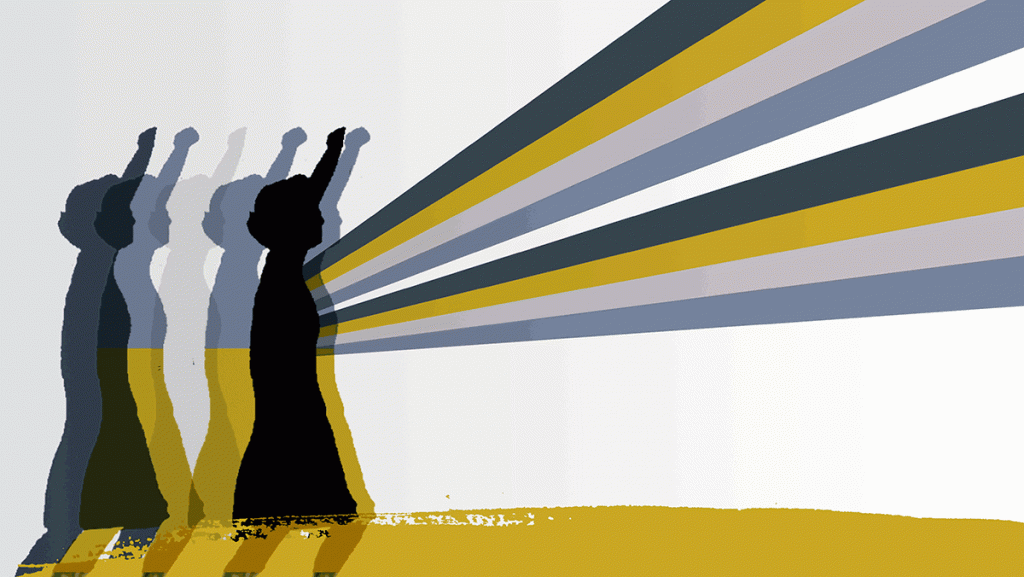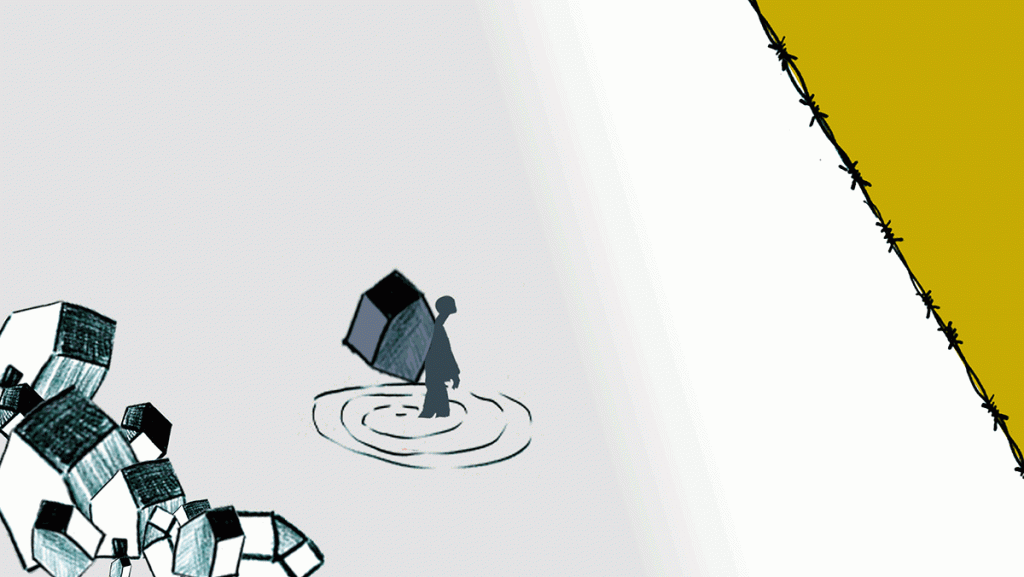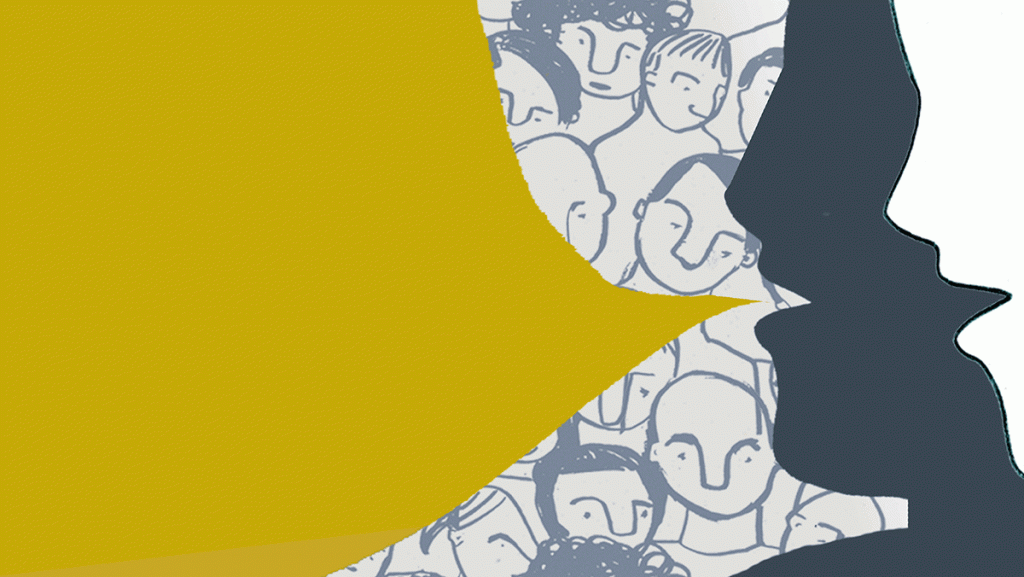This method is designed to add an archive containing the (polyphonic) voices of young people to the Archive of Refuge. The histories and narratives in the Archive are written up and narrated. In so doing, the young participants complement narratives from the Archive of Refuge with their own histories and experience. With this in mind, various aspects within the biographies of those who have experienced racism are discussed and a variety of narrative approaches are addressed. Drawing on the storytelling method, participants identify and work up similarities and differences to their own lives.After this, the stories from the Archive of Refuge are expanded by stories from the young people formulated in written contributions, voice messages or videos statements.


